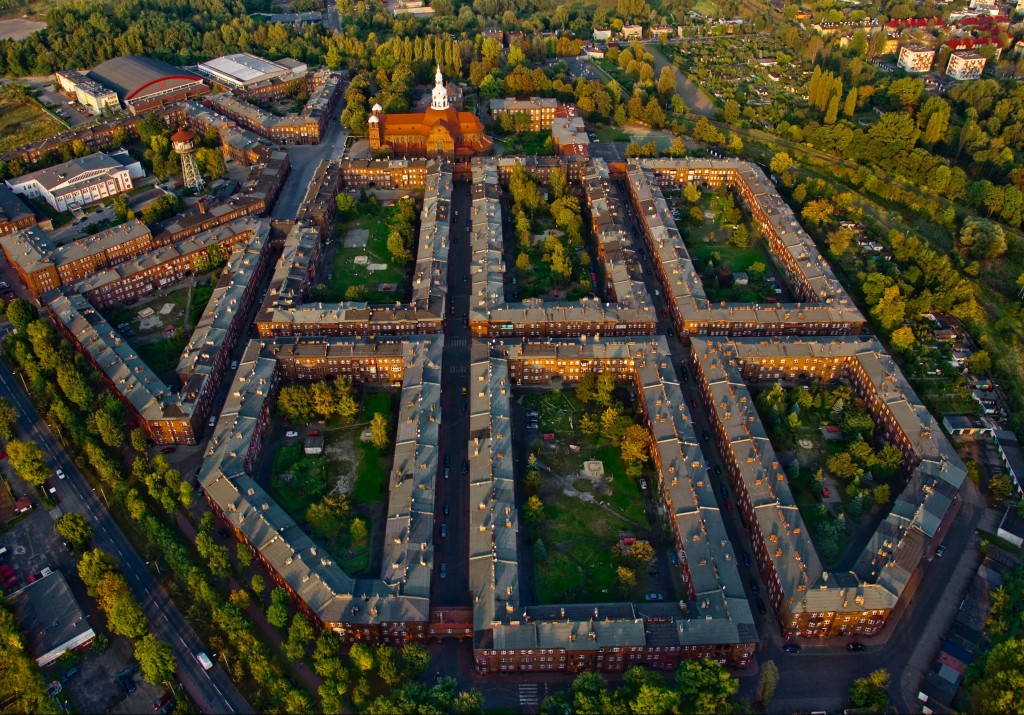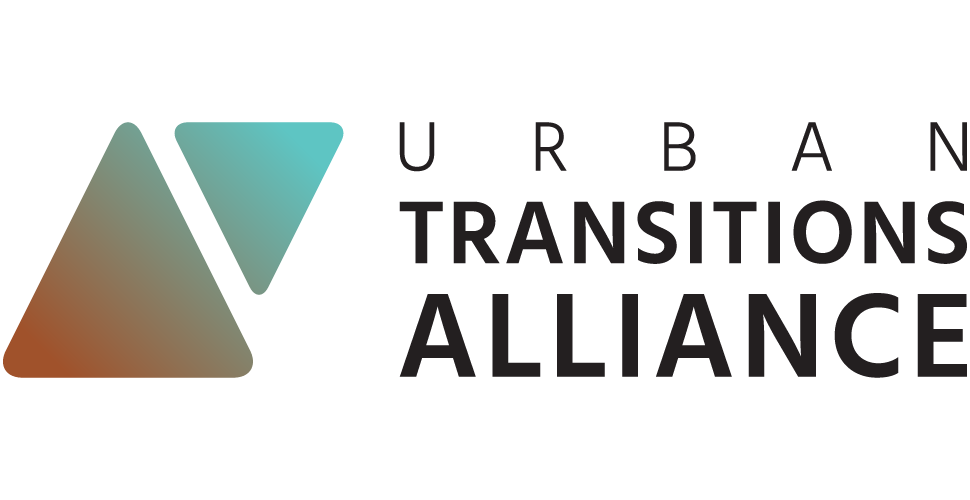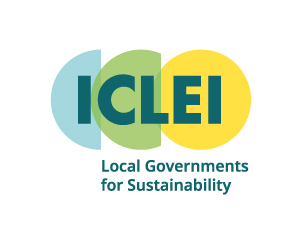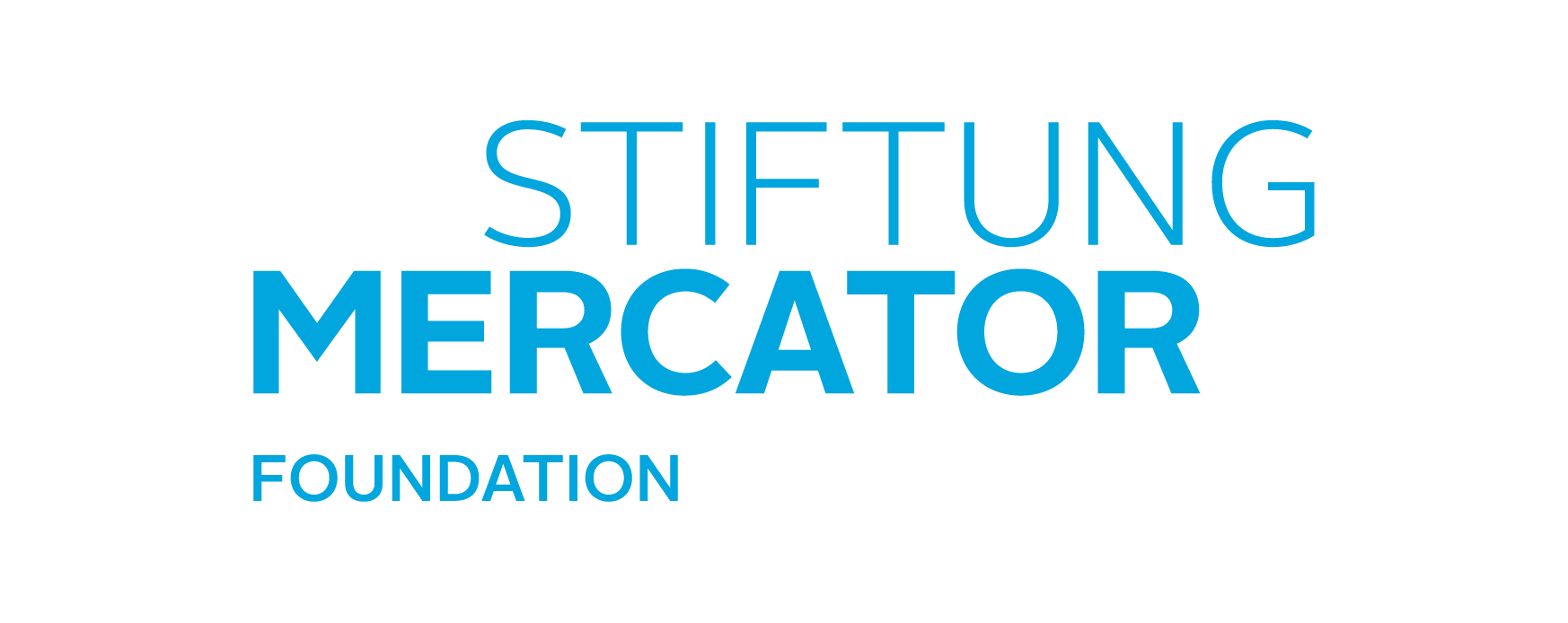Katowice
POLAND
Industrial Legacy
Located in the Upper Silesian Agglomeration in Poland, Katowice transformed into an industrial powerhouse by the end of the 18th Century with the discovery of rich coal resources. The density of coal mines, steel factories and industrial plants rapidly increased and by 1865 Katowice was recognized as the administrative and business center of the entire region with rail lines connecting it to other nearby major European metropolises. Strong industrial development quickly became a fundamental aspect of the identity of citizens, the natural environment and the economic foundation of the city. Thus from 1990 onwards, Katowice was severely impacted by the collapse of the communist system alongside the rapid restructuring of heavy industry that resulted in the closure of many industrial and mining facilities.
Beyond economic challenges, high unemployment and rising social difficulties, Katowice along with other Polish cities in transition faced growing environmental pressures with high carbon emissions, smog and air pollution. While ongoing progress has been made in the past 20 years on dangerous air pollutants, more urgent and focused action is still needed to improve poor air quality conditions for the health and wellbeing of residents as well as the attractiveness of the city.
Transition adaption challenges continued between 1994 and 1998 where transport infrastructure planning and updated municipal waste management schemes were difficult to implement. Education systems and facilities faced limitations due to under-investment and a mismatch between the traditional skills taught and the new expertise needed for emerging sectors. The region also experienced a population decline with both internal and foreign migration due to the lack of opportunities.
However, from the 2000s onwards Katowice has been experiencing a new chapter of growth as it transitions towards a sustainable future that is rooted in technological-economic growth and cultural development as well as ambitious climate action.
Transition Barriers
Citizen participation can still be greatly improved in Katowice. Creating space and support for NGOs and community groups as well as initiatives such as the Participatory Budget has increasingly encouraged citizens to become more involved in the city’s transition.
Certain districts in Katowice face high levels of unemployment, poverty and social exclusion due to the collapse of heavy industries. Persistent inequality and uneven economic development hinders the cities social transition efforts.
Despite strong action on air pollutants, Katowice continues to struggle with poor air quality and smog due to the lasting legacy of fossil-fuel use and a carbon-based economy as well as pollution inflow from other areas.
Sustainable Future
A new wave of economic growth in Katowice focused on the high-tech sector and business services has helped to revitalize the city, increasing employment opportunities and sustainable growth. Supported by the Katowice Special Economic Zone, investment incentives and access to a well-skilled population, the city has been able to attract several companies to become the 5th largest business location in Poland. Innovation opportunities such as Smart City Initiatives like the KISMIA – Intelligent Monitoring System Initiative and Silesian Nano Cluster have helped to spark a new wave of technological infrastructure investment. Katowice’s transport sector is also in transition: a key mobility infrastructure initiative includes the development of four interchange transfer nodes. This investment will make it easier for inhabitants to move around the city using environmentally friendly and low-emission public transport options rather than individual cars.

The city is looking to overcome environmental challenges arising from its industrial era with both short and long term solutions. Short term actions include the control of vehicle emissions in the city, efforts to reduce building and construction dust, and encouraging citizens to replace fireplaces and coal as a source of heating. Longer-term initiatives include subsidies for low-emission heat sources, increased regulation on the incineration of waste and non-authorized fuels as well as plans to update bus fleets with new ecological units. Katowice has also undertaken initiatives to increase the building efficiency of public buildings and to increase energy management expertise. Air quality sensors and monitors are supporting the city to improve and spread awareness among citizens.
Culture plays a strong role in Katowice’s vision for a sustainable future. The previous industrial site of the “Katowice” coal mine has been redesigned into a new cultural zone which includes a concert hall for the Polish Radio National Symphony Orchestra, the new Silesian Museum, the Spodek Arena and an International Conference Centre. The contrast of the old industrial and mining center brought to life again with new purpose provides a tangible symbol of Katowice’s ongoing transition process. Katowice’s cultural vision has been reinforced by its musical heritage. Named a UNESCO Creative City of Music, the city has launched the MusicHub project – an incubator for young artists to rehearse and produce music which is then promoted at both the local, national and global level. Overall, Katowice sees its transition as a pathway to provide a better future for their citizens. Generating opportunity, improving participation and strengthening local institutions to tackle economic, environmental and social needs is their focus.


